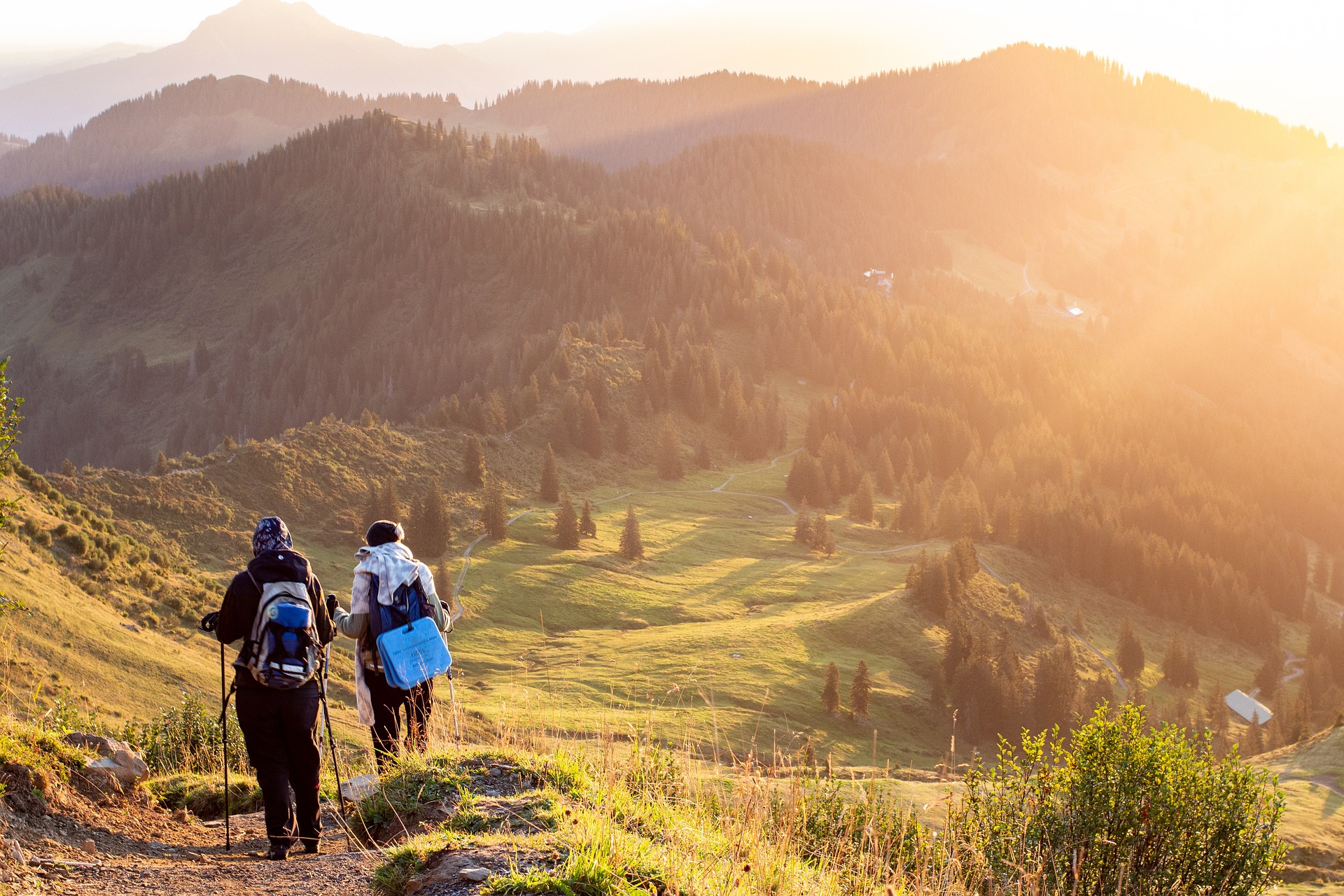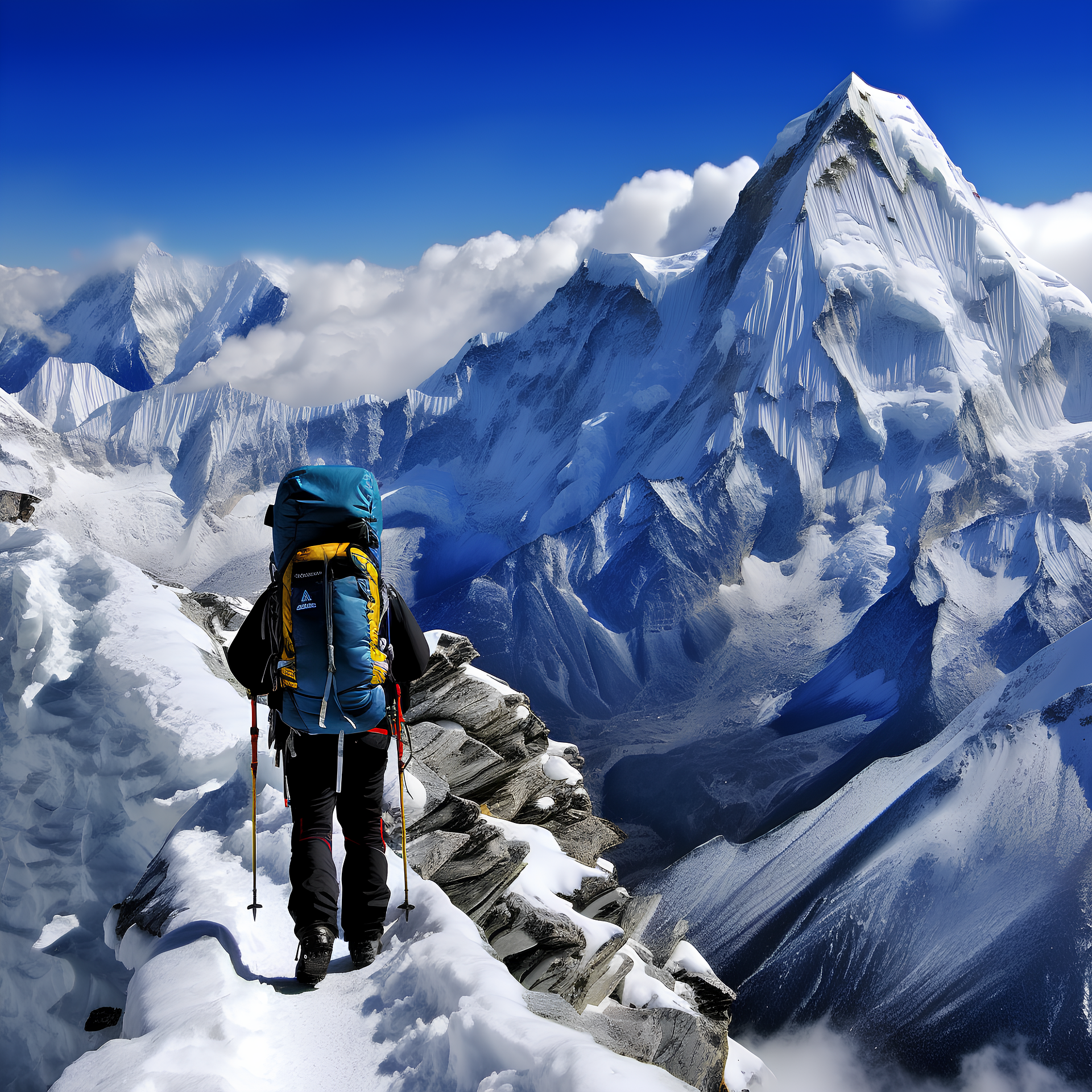
When it comes to mountain climbing, having the right gear is crucial for both safety and success. The mountains can be unpredictable, and being adequately prepared can mean the difference between a successful ascent and a dangerous situation. This article outlines the essential gear every climber should consider before embarking on their next adventure.
1. Footwear: A solid pair of climbing boots is the foundation of any climber’s gear. Climbing shoes should fit snugly, providing support and grip on various terrains. For technical climbs, consider investing in specialized shoes that offer additional features like rubber soles for better traction. Don’t forget to bring along a pair of comfortable hiking boots for approach trails, ensuring your feet are protected during the entire journey.
2. Clothing Layers: The weather in the mountains can change rapidly, so layering is key. Start with a moisture-wicking base layer to keep sweat away from your skin. Add an insulating layer, such as a fleece or down jacket, to retain body heat. Finally, invest in a waterproof and windproof outer layer to protect against the elements. Remember to choose breathable fabrics to prevent overheating during strenuous activities.
3. Climbing Harness: A climbing harness is essential for safety during ascents. It should fit comfortably and securely around your waist and legs, allowing for freedom of movement while ensuring you are safely attached to ropes and anchors. Make sure to practice putting on and adjusting your harness before your climb, as proper fit is crucial for safety.
4. Ropes and Protection: Ropes are a vital part of climbing gear, providing safety and security during ascents. Dynamic climbing ropes are designed to stretch under load, absorbing the impact of a fall. Additionally, climbers should carry protection gear such as carabiners, quickdraws, and belay devices. These tools help secure the rope to anchors and manage the climbing process effectively.
5. Navigation Tools: In the wilderness, navigation is critical. A reliable map and compass are essential for understanding your route, especially in areas where trails may not be well-marked. Consider carrying a GPS device or a smartphone with offline maps as a backup. Familiarize yourself with navigation techniques before your climb to ensure you can find your way safely.
6. First Aid Kit: Accidents can happen, so it’s wise to carry a well-stocked first aid kit. Include items such as bandages, antiseptic wipes, pain relievers, and any personal medications. Familiarize yourself with basic first aid procedures, as this knowledge can be invaluable in emergencies.
Conclusion: Equipping yourself with the right gear is essential for a safe and enjoyable mountain climbing experience. By investing in quality equipment and understanding its proper use, climbers can focus on the adventure ahead, confident in their preparation. Remember, safety should always be the top priority when exploring the great outdoors.

